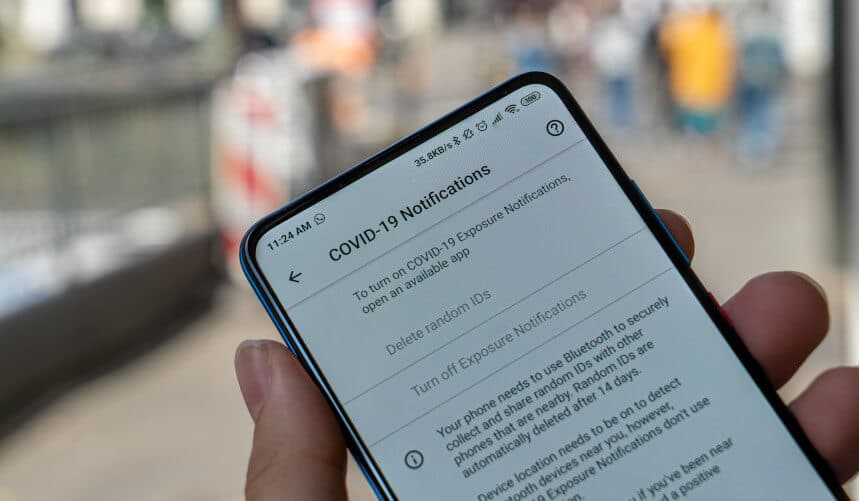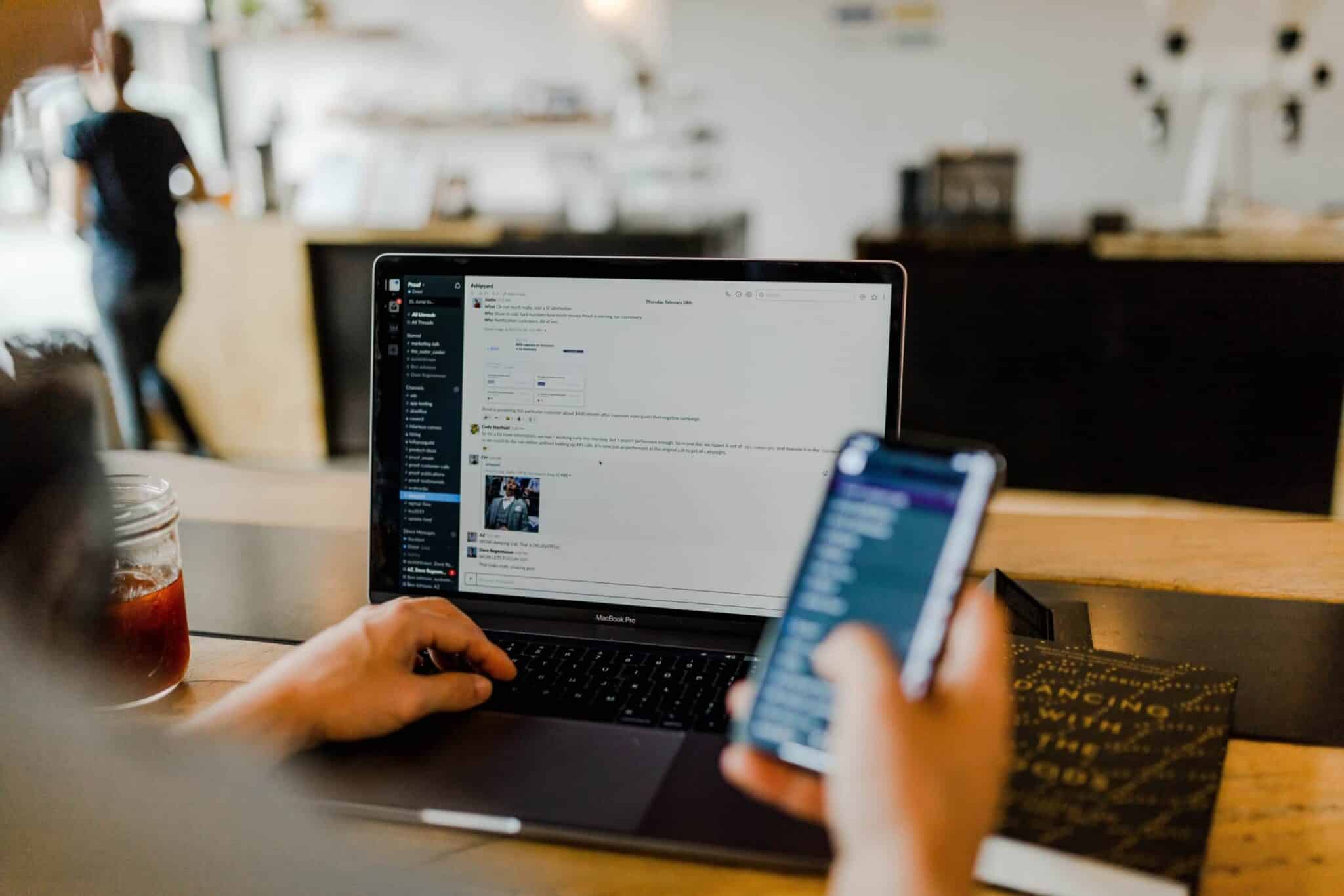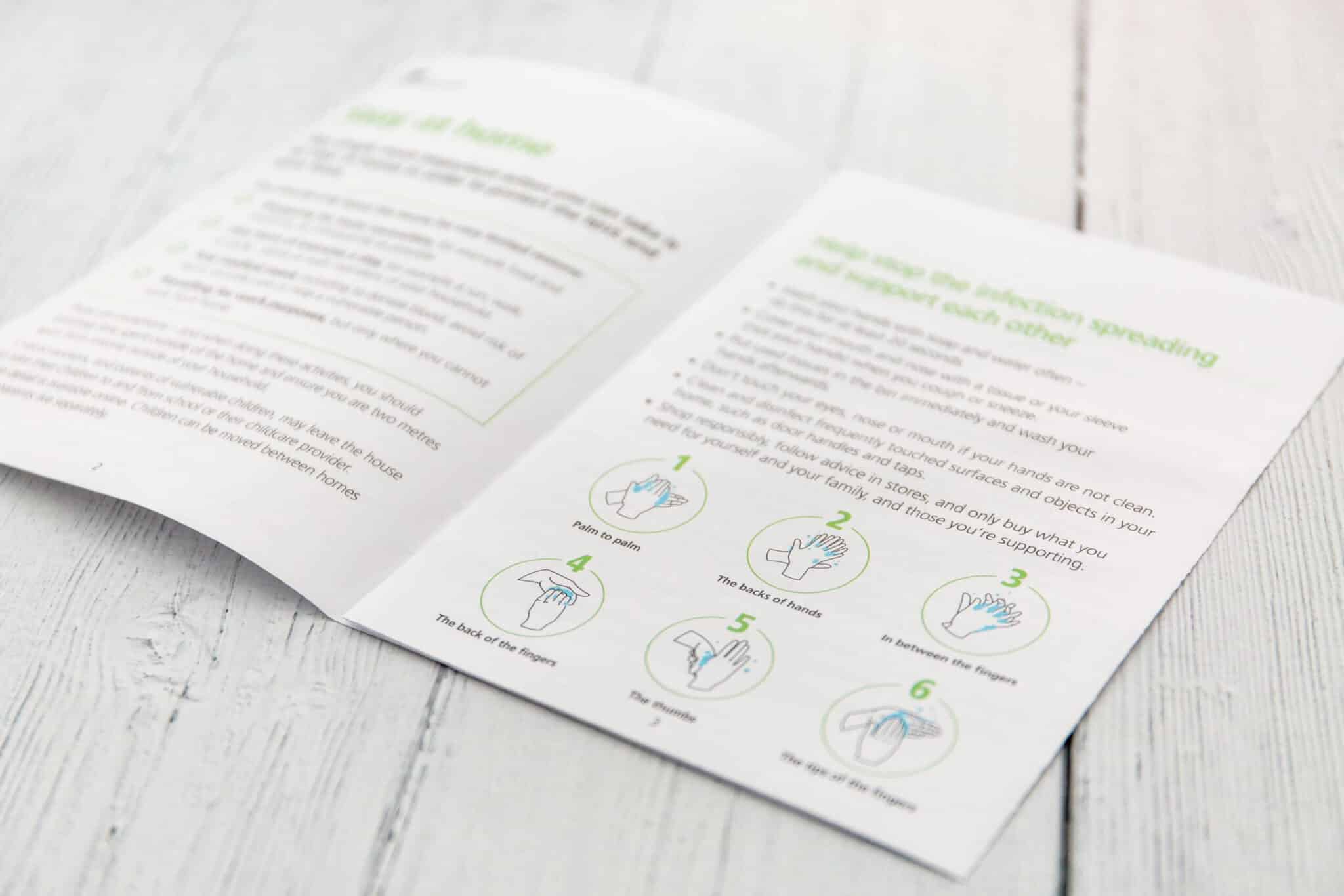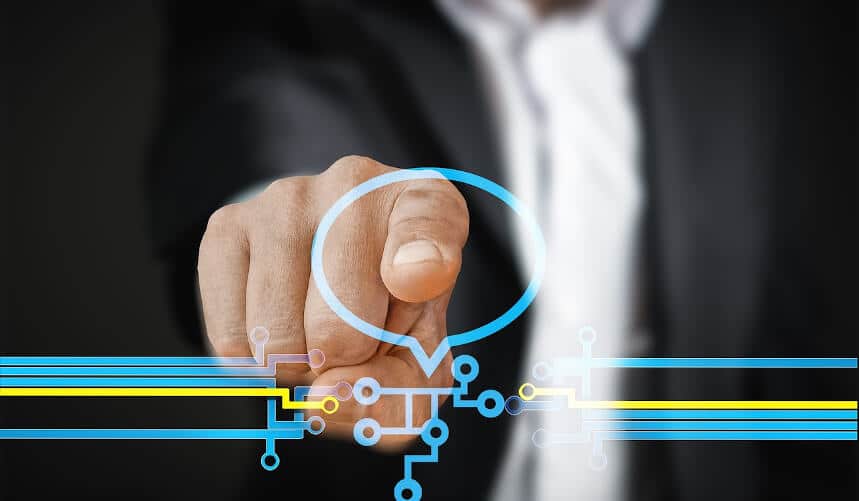Contact tracing may be the key to preventing further COVID-19 outbreaks in the workplace.
According to the World Health Organization, contact tracing is “the process of identifying, assessing, and managing people who have been exposed to a disease to prevent onward transmission. When systematically applied, contact tracing will break the chains of transmission of COVID-19 and is an essential public health tool for controlling the virus”.
In the past, contact tracing has been done manually—retracing the steps of an infected person to find other people or places where transmission may have occurred. But technology can now assist with contact tracing.
Bluetooth can automatically trace contact through cell phones due to a recent partnership between Google and Apple. This method saves a tremendous amount of manual tracking work, but has its own unique challenges.
Differing approaches in various countries
United States
The USA currently has no national strategy in place as of the end of August 2020, although many states are taking approaches.
In an ideal situation, COVID-19 tracking works like this: “Let’s say Aunt Sally tests positive for COVID-19. A tracer working for the local public-health department calls her and asks for her contacts—anyone she’s spent more than 15 minutes with recently—and asks her to self-isolate. Then the tracer calls those “close contacts” of Aunt Sally’s, and asks them to self-isolate too. The tracer doesn’t tell Aunt Sally’s contacts that she is the person who tested positive, only that someone they were in contact with did.
Various states have been doing contact tracing in a variety of ways, and some states have found it valuable to make that information public.
Canada
Canada uses the COVIDAlert app—a voluntary smartphone app where users are notified if their phones have recently been near the phone of a person who later confirms they have tested positive for COVID-19
Singapore
Singapore is currently using two smartphone apps. The TraceTogether app is a contact tracing app that uses a “token” on a smartphone, then traces other smartphones’ proximity to the token. They are also testing the SafeEntry app—a national digital check-in system that can trace individual cell phones that have entered hotspots.

The role of the employer
While governments can use emergency measures to circumvent certain rules in order to protect their citizens, companies are bound by employee legal protections.
Companies must provide a safe work environment for their employees. If employees deem a workplace unsafe, the employees can refuse to work or even pursue legal action.
COVID-19 presents a uniquely difficult situation for employers—employers must monitor employees’ health and wellness close enough to protect the health of all employees, but maintain enough distance to be respectful and not violate the privacy or rights of individual employees.
Publicly revealing employees’ health information violates the Health Insurance Portability and Accountability Act (HIPAA), though HIPAA rules have been relaxed during COVID-19.
Office contact tracing methods
There are multiple methods that can assist with contact tracing in the office.
Manual sign-in
Employees must manually sign in when arriving at the workplace. While this method increases the chance for human error (employees could potentially skip a sign-in), it also provides the opportunity for additional screening like a mandatory temperature scan upon sign-in.
Automatic sign-in
Employees are automatically signed in when they enter the workplace or log onto a workstation. This can be set up through a laptop, cell phone, or employee card or badge. When used effectively, this can take the “guess-work” out of contact tracing—you can find out quickly where an employee has been.
Sensors
Sensors can be used throughout the building to trace employee movements.

Possible employee concerns
In order to keep employees safe, you will have to ask them to do things they are not used to doing for their employer.
Employee concerns will likely be related to privacy. Some concerns might include:
- If an employee tests positive for COVID-19, can they trust their company to keep that information private so they aren’t ostracized by other employees?
- If an employee provides their employer with additional private information to assist with contract tracing, can the employee trust that the employer will not use that information for anything else?
- If a third-party app is being used, how can employees be sure that the information won’t be stolen or stored by the third party that created the app?
But employees are also concerned with how seriously their employer is taking COVID-19, and by addressing contact tracing you can let them know that you are taking these concerns seriously.

HR standards and best practices
It’s important for companies to adhere to human resources standards and best practices to ensure contact tracing success. Clear communication will alleviate many employee’s concerns. When communicating with employees about contact tracing, use the following tips to help guide your communication:
- Be upfront and transparent—acknowledge that it’s a tricky situation, and assuage worries by explaining how any new information will be used.
- Be clear and detailed—provide a COVID-19 contact tracing policy for all employees, and update it accordingly based on their questions and concerns.
- Be adaptable and responsive—any rules related to COVID-19 are likely subject to change as we learn more about the virus.
While you cannot share the name of an employee who contracted COVID, you must still provide contact information to other employees about possible contaminated areas. This puts HR in a tricky position—employees might infer who the infected employee was. But as long as HR hasn’t directly told employees, you can be assured you have struck the proper balance of employee safety and employee privacy.

Legal ramifications
In the United States, employers are currently allowed to ask employees if they have COVID-19 or any of the associated symptoms.
Health Insurance Portability and Accountability Act (HIPAA), Occupational Safety and Health Administration (OSHA), and Americans with Disabilities Act (APA) all provide workers in the United States with privacy protections regarding their health information.
Specific information on the legal intricacies of COVID-19 in the workplace can be found here.
Tools that can help
Office Space has some tools that can help with contact tracing in your workplace:
- Use Desk Booking to track desk usage and know which employees have been in close proximity or used the same desk.
- Use Room Booking to track employee room usage.
- Plan and track shifts with Move Manager to limit employee contact and make tracing easier.
Achieving the proper balance between employee privacy and employee safety is necessary during COVID-19. With proper planning and resources, it doesn’t have to be difficult.
How is your company striking the balance? Leave a comment below or send us a tweet.
Photos: Gerd Altmann, Mika Baumeister, Austin Distel, Philipp Katzenberger, Pixabay, Unsplash




